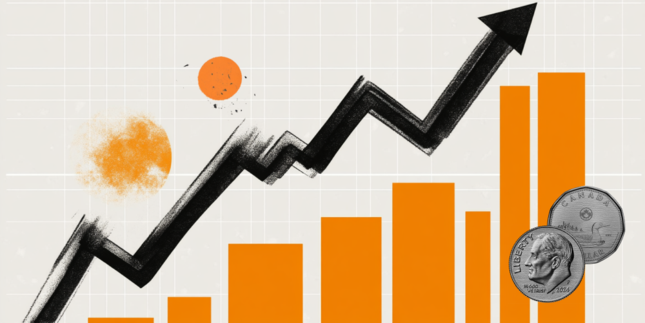US Dollar extends losses on weak economic data
- US Retail Sales from December underperformed, weekly Initial Jobless Claims rose.
- Traders monitor President-elect Trump’s policies and potential tariff shifts, adding uncertainty to the global economic picture.
- Mixed data releases prompt investors to reassess near-term rate expectations, but the Greenback’s longer-range trajectory remains constructive.
The US Dollar Index (DXY), which tracks the Greenback’s value against six major currencies, extended its correction around the 109.00 level on Thursday. This week’s subpar performance stems primarily from declining US Treasury yields, which undermined the Greenback’s appeal mainly due to soft data from December.
Daily digest market movers: USD remains soft after mid-tier data
- December Retail Sales underperformed slightly, rising just 0.4% instead of the anticipated 0.6%. Meanwhile, November’s result got revised from 0.7% to 0.8%.
- Weekly Initial Jobless Claims for mid-January came in at 217K, a marked increase relative to the prior revised 203K figure.
- Philadelphia Fed Manufacturing Survey surprised to the upside at 44.3, improving from the previous -16.4 (subsequently revised to -10.9), and well above the anticipated -5.0.
- NAHB Housing Market Index for January is projected at 45, slightly down from 46, signaling modest headwinds in the housing sector.
- Equity markets slipped on Thursday as traders locked in profits related to softer inflation plays from Wednesday.
- Fed expectations remain anchored by CME FedWatch Tool data, indicating a 97.3% likelihood of unchanged policy at this month’s meeting.
- Benchmark yields dipped with the 10-year Treasury note retreating to around 4.65%, down from its 4.80% peak on Tuesday.
DXY technical outlook: Brief respite but overall picture still leans bullish
The US Dollar Index remains under pressure below 109.00 after this week’s yield-driven retreat. Profit-taking has contributed to recent losses, but the longer-term outlook stays favorable as the DXY hovers near multi-year peaks.
Significantly, the 20-day Simple Moving Average (SMA) rejected deeper selling and stands as a robust support line for bullish traders. While near-term pullbacks are possible, especially if more US data surprises to the downside, the Greenback’s overarching uptrend could quickly reassert itself as markets weigh persistent inflation and the Fed’s gradual policy approach.
Interest rates FAQs
Interest rates are charged by financial institutions on loans to borrowers and are paid as interest to savers and depositors. They are influenced by base lending rates, which are set by central banks in response to changes in the economy. Central banks normally have a mandate to ensure price stability, which in most cases means targeting a core inflation rate of around 2%. If inflation falls below target the central bank may cut base lending rates, with a view to stimulating lending and boosting the economy. If inflation rises substantially above 2% it normally results in the central bank raising base lending rates in an attempt to lower inflation.
Higher interest rates generally help strengthen a country’s currency as they make it a more attractive place for global investors to park their money.
Higher interest rates overall weigh on the price of Gold because they increase the opportunity cost of holding Gold instead of investing in an interest-bearing asset or placing cash in the bank. If interest rates are high that usually pushes up the price of the US Dollar (USD), and since Gold is priced in Dollars, this has the effect of lowering the price of Gold.
The Fed funds rate is the overnight rate at which US banks lend to each other. It is the oft-quoted headline rate set by the Federal Reserve at its FOMC meetings. It is set as a range, for example 4.75%-5.00%, though the upper limit (in that case 5.00%) is the quoted figure. Market expectations for future Fed funds rate are tracked by the CME FedWatch tool, which shapes how many financial markets behave in anticipation of future Federal Reserve monetary policy decisions.
Forex News
Keep up with the financial markets, know what's happening and what is affecting the markets with our latest market updates. Analyze market movers, trends and build your trading strategies accordingly.

















